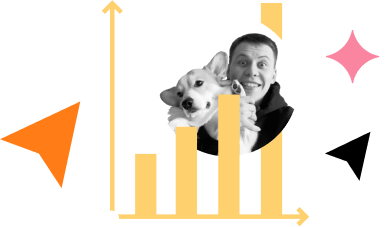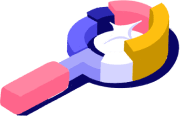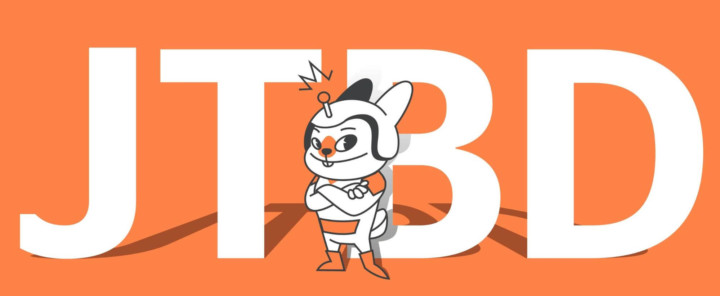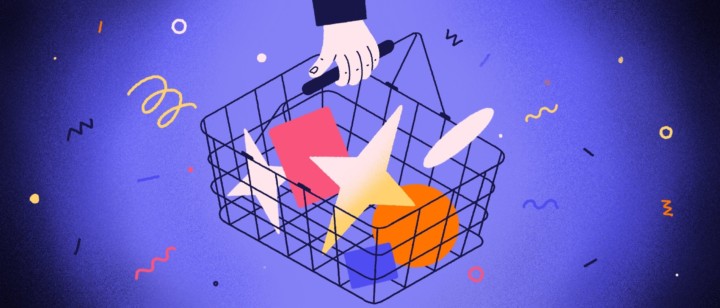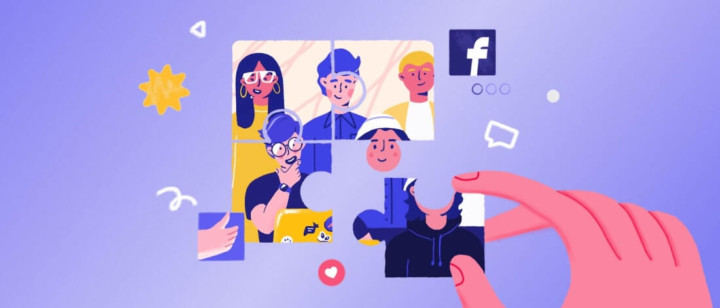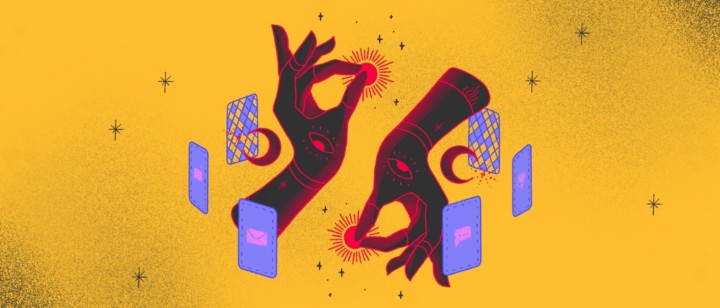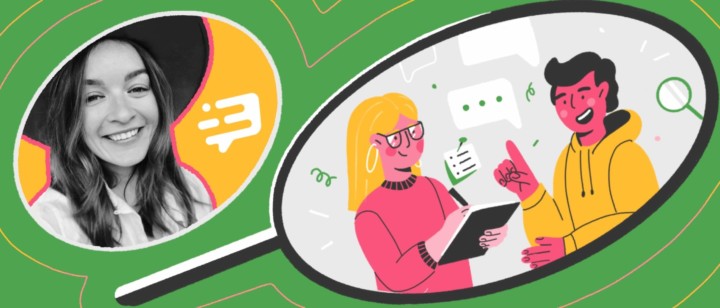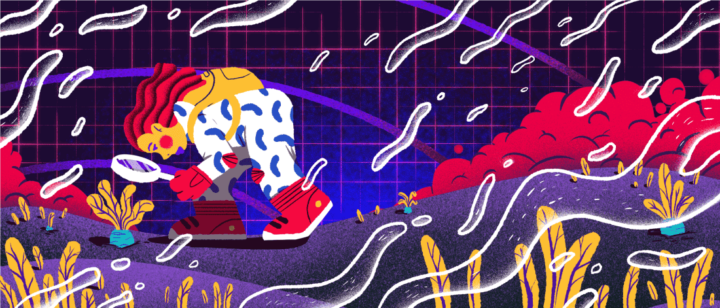3 Types of Customer Segmentation for Efficient User Communication
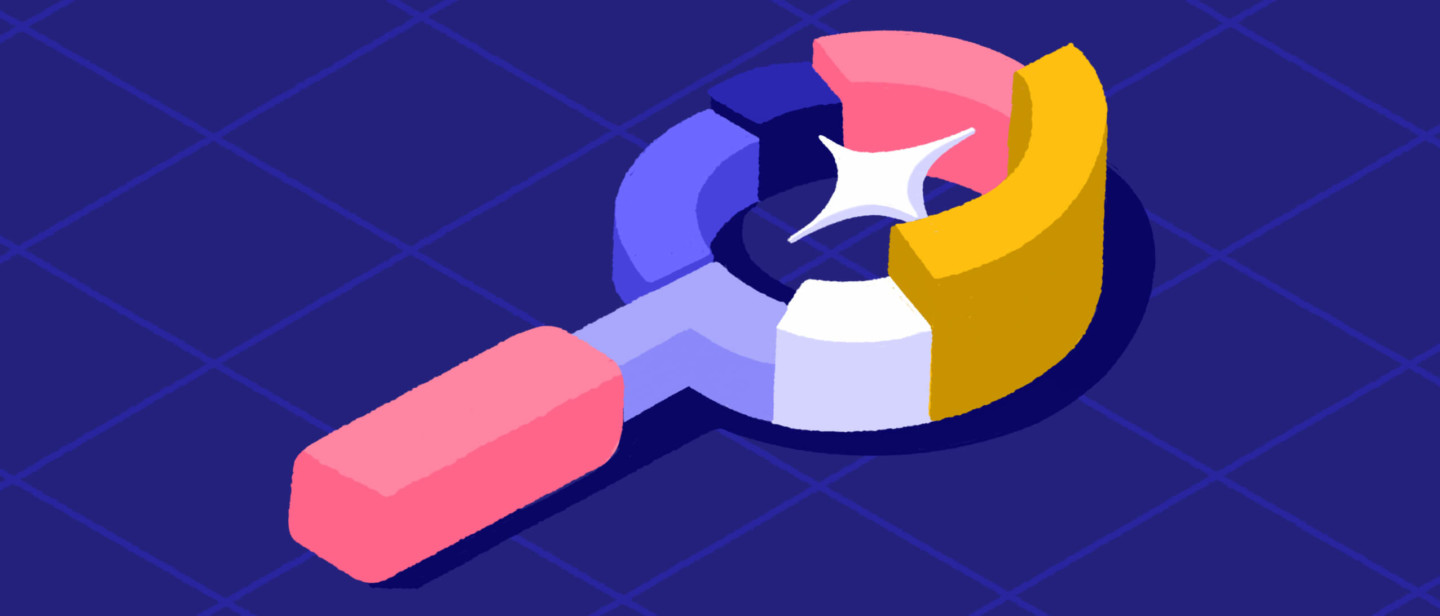
In this article, we’re happy to share our experience of combining 3 segmentation frameworks — ABCDX, the JTBD theory, and User Journeys. They help us obtain valuable insights about our customers and more specifically — issues they face, their motives, restrictions, and opportunities. Use them to close more deals and invest your resources smartly!
Segmentation by demographic (B2C) or the so-called “business” criteria (B2B) is no longer enough. If you can’t outline the context to support your user actions, behavioral segmentation is out of the picture, too. Prophet’s report proves that traditional segmentation methods have been replaced by mixed ones that consider customer motives and the context they’re in, their behavior online, and purchase history.
Segmentation by age, gender, and location is not enough. You can’t improve your product and its performance if you only know that some 25-year-old Mary buys it. She can be a support agent or a marketer at a language school. She may either consider live chat opportunities (conversation history, channels, notes, and templates for agents) or lead generation and qualification tools (pop-ups, chatbots, automatic invites, triggered emails).
How many Marys are there looking for a live chat or a simple website chatbot? How much money will every Mary bring you? For how long will they stay with you? You need to do qualitative research of your target audience and segment them from different perspectives if you want to know answers to the above questions, develop your product, and optimize distribution. You’ll also need quantitative data to support your insights, benchmark your metrics at every stage of the funnel and within your product.
Today, we’ll guide you through the three methods we used to segment our customers: ABCDX, JTBD, and User Journeys. They helped us collect a whole lot of quality insights into our users, build our communication and sales strategies.
Dashly is used by small online stores, digital platforms, and large businesses. Depending on the tasks of various teams and roles, they create concurrent segments that look for various tools, solutions, and approaches. We’ve developed our proper approach to user interaction using the three-stage segmentation, portraying buyer personas and building high-, mid- and low-touch funnels for each segment.
This is only the beginning; in the second part of this article, we’ll tell you more about buyer personas and funnels we design for each of them.
Why you need customer segmentation
Your potential customers are very different. They not only differ by age/gender/location (B2C) or business segment/company size/traffic/revenues (B2B); the difference is more substantial:
- they hire your product to solve different issues;
- they all dwell in various contexts;
- they are searching for various reasons;
- they have various purchasing powers;
- some of them will take more time and some less.
Talking to your customers in the same way is a bad idea. They all have their peculiarities and issues. Segmentation helps you identify mutual features, combine users into segments, and personalize communication.
You better beware, because your competitors are ALREADY segmenting their customers. Prophet’s research revealed that only 2% of businesses don’t segment customers.
What will happen if I don’t segment customers?

Your website is visited by various users, of which about ⅔ are non-target traffic, and the remaining ⅓ is your potential customers. As part of your sales funnel, customer segmentation helps you set team priorities and save resources. If you don’t know your target audience, you’re likely to waste your resources on non-target leads.
Don’t guide ALL of your potential customers through the same funnel as you’ll waste your time and money. In this case, the conversion rate of your funnel will tend to zero, and you’ll lose potential customers.
How do I segment them?
First and foremost, define your objectives and tasks. It’s highly likely that various teams will resort to the results of your segmentation research. For example, marketing, sales, and product ones. Align with them on your expectations, the design of research outcomes, and how you’ll put them to good use in your work.
Here are the three key stages that we’ve pinpointed.
1.Segmentation.
If you’re working in B2B, your customers are companies.
2.Portraying buyer personas based on segmentation and interviews.
In this case, buyer personas will be employees of your customers with certain roles and responsibilities.
3.Designing sales funnels for each persona.
At Dashly, we use all three approaches for customer segmentation:
- ABCDX is good for companies with 1000+ paying users;
- JTBD is used to identify new segments;
- User Journeys are one of the universal ways to distinguish users by jobs that they hire your product to do.
Using all three frameworks helps us plumb the depths of our users, identify pains that they feel, and their motivation. These frameworks perfectly complement each other and help build a complete picture of your users that you can use to grow your business.
The ABCDX approach
Essentially, you divide users that bought from you at least once into 4 segments depending on the product value that these customers got.
А — these customers experience the pain and desperately need your product. High conversion rates and continuous product use.
B — they experience the pain and need your product, but express objections. They pay a lot, but it takes longer for them to decide on their purchase.
C — their pain is partially relieved, they need your product, but don’t see much value in it. They pay little money and express important objections.
D — they express many objections and challenge your product. Most frequently, they don’t buy at all.
X — these are large customers that require specific features and personal tuning that you’re not ready for.
Let’s consider Dashly example. Our major feature is a live chat that you can use to optimize support, collect qualified leads, and sell. Customers from segments A and B come with exactly these tasks, and the platform helps them perfectly well. Customers from these 2 segments are satisfied with our product, and we’re happy about that.
Dashly also helps you send emails, but there’s no click map in email analytics. This is not our major feature, and customers who only resort to us to send emails (segments C and D) will see this imperfection and may eventually leave.
The problem is that we spend more time on the needs of segments C and D. They are dissatisfied and often contact support, though they bring much less money than segments A and B. As a result, we get defocused as we invest our resources in the wrong things. Our growth slows down.
How to use the ABCDX approach?
- Distribute your current customers into categories A/B/C/D/X.
- Identify and put down the major characteristics of each segment.
- Make up qualification questions that will help you quickly identify the segments for your new users. You can ask these questions at the beginning of your sales conversation, using a chatbot on your website, or during the signup process.
Examples of qualification questions for the ABCDX customer segmentation:
| Name |
| Website |
| Where does your company operate? |
| What’s your role in a company? |
| What’s the domain of your product? |
| How many employees are there in your company? |
| How many support agents are there in your company? |
| How many customers/subscribers do you have? |
| Any other information |
The JTBD approach for segmentation
We all believe in the JTBD (Jobs to be done) theory and see the results of its implementation. Within this framework, customers are not buying products; they’re “hiring” them to perform certain jobs. Each product has its core job that can dissolve into dozens or even hundreds of smaller ones.
Read more on this framework:
- Jobs to be done or everything you need to know about your users’ desires for those who don’t know anything about the theory and want to get to the bottom of it;
- Jobs to be done: how to use the framework for those who know the JTBD theory and want to put it to good use.
When we applied the JTBD approach, we found out that for our customers, Dashly performed 2 core jobs:
- increasing the number of leads and sales with the same traffic;
- optimizes customer support.
There can be hundreds of smaller jobs inside these core ones where each arises in a specific context. Job Stories are a great way to describe them:

A combination of Job Stories allows you to collect user profiles with different core jobs.
Thus, the job of increasing sales or the number of leads can be done by various means. Here are 2 examples of the jobs we developed using the JTBD approach:
- start many conversations using the chatbot and sell in a live chat or via video calls;
- collect contacts using the chatbot or pop-ups and send triggered emails to make our leads buy.
Our users sell in different ways. This is an effective segmentation criterion for us.
How to apply the JTBD approach to segmentation:
First of all, identify similar patterns in user behavior that led them to purchase, as well as their pains, motives, and contexts.
Here is the list of questions for customer segmentation within this framework:
| Identification of customer motivation: |
| Why did you decide to buy ____? |
| What were you thinking about when buying ____? |
| What would you want to get using ____? |
| Identification of customer context: |
| What was the reason for purchasing ____? |
| What stimulated you to buy ____? |
| Where were you at that moment? |
| Identification of customer pains: |
| Why did you need ____? |
| What difficulties did you face using ____? |
| Identification of other possible solutions: |
| Why did you choose ____? |
| What other options did you consider aside from ____? |
| What features were important to you when deciding on a purchase? |
Once you define core jobs that your product does for the customers, segment them by these jobs and complement segments with the data on their companies. From our experience, you need to do over 10 customer interviews to identify core jobs.
The User Journey approach to segmentation
User Journey or Customer Journey Map is a scenario of the customer journey from the moment they first meet you to their first purchase and further usage of different product features.
Read more: How to Provide Effective Support at Every Stage of Customer Journey Map
Customers go through life cycles while using the product. Studying User Journeys within the product helps you improve it and get to know your customers better depending on what features they use and why.
Segmentation by User Journeys is based on actions customers make and customer interviews. By analyzing customer journeys, you can divide users into segments depending on what features they use, how active they are, and what difficulties they face most often.
Read more on data collection:
- What is data collection and what events you should track most of all?
- User behavior analytics: how to collect data?
How to apply the User Journey approach to segmentation:
- Collect user data and analyze them. To be able to segment users by their journeys, set up data collection on your website, or by particular triggers in the platform. This will help you find users who did actions A or B. You’ll get insights into how customers use your product and what features they employ to solve their tasks.
- Build funnels with stages that customers go through in your product. Some of them will use one feature, some of them will use another one.
- Interview your customers to adjust data. After you collect data and preliminarily segment customers using funnels, complement all you have with the stories of your customers. Funnels hardly reflect the customer journeys in your product; quality interviews can help you find insights into your platform’s performance.
The list of questions for customer segmentation within the User Journey approach:
The purpose of the User Journey interview is to find out how customers use your platform: how they find the functions they need, how they use them, and who they contact for help.
| Questions for the User Journey interview: |
| What does your company do? |
| What’s your company size? |
| What’s your role in the company? |
| What are your responsibilities? |
| What tools do you use for that? |
| Questions for those who recently signed up: |
| Please tell how you signed up on the platform: what buttons did you press and what pages did you go to? |
| What did you see there? |
| Where did you face difficulties? |
| Questions for those who are using the platform for a long time: |
| What functions do you use? |
| How do you tackle difficulties when you face them? |
| How do you get answers to your questions: in the knowledge base or in customer support? |
| How do you use this particular feature? |
Customer segmentation by User Journeys will help you distinguish users depending on their journeys in your product and the functions they use. But for a more complete image, we recommend applying all three frameworks to ensure segmentation quality.
Next time, we’ll talk about how you can portray buyer personas using the collected data and build sales funnels for each of them. Stay tuned!
Read also:
- Top 10 customer segmentation tools to personalize customer communications
- The best way to collect emails: 5 top-notch methods unveiled
- 4-step guide on inbound lead qualification: how to qualify inbound leads on autopilot
- Choose your ideal lead nurturing platform: Top 10 software tested by experts
- Acquisition funnel marketing: Grow customer conversions at each step of user journey
- The top 15 inbound marketing tools: harness digital power and elevate your business
- Top 12 lead qualification tools to deliver your sales hot leads only
